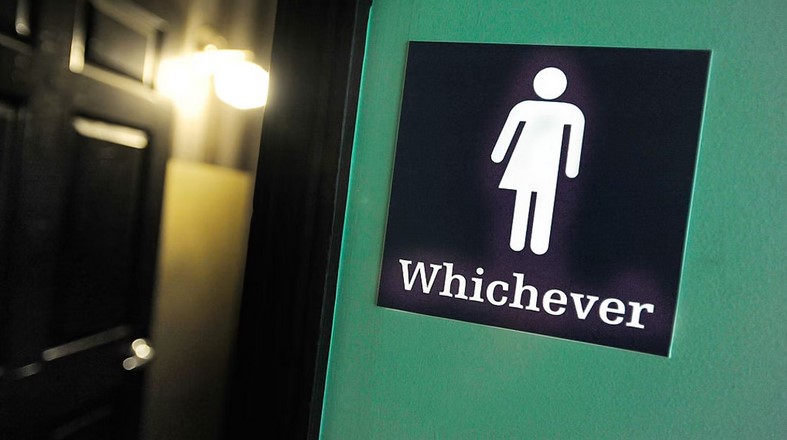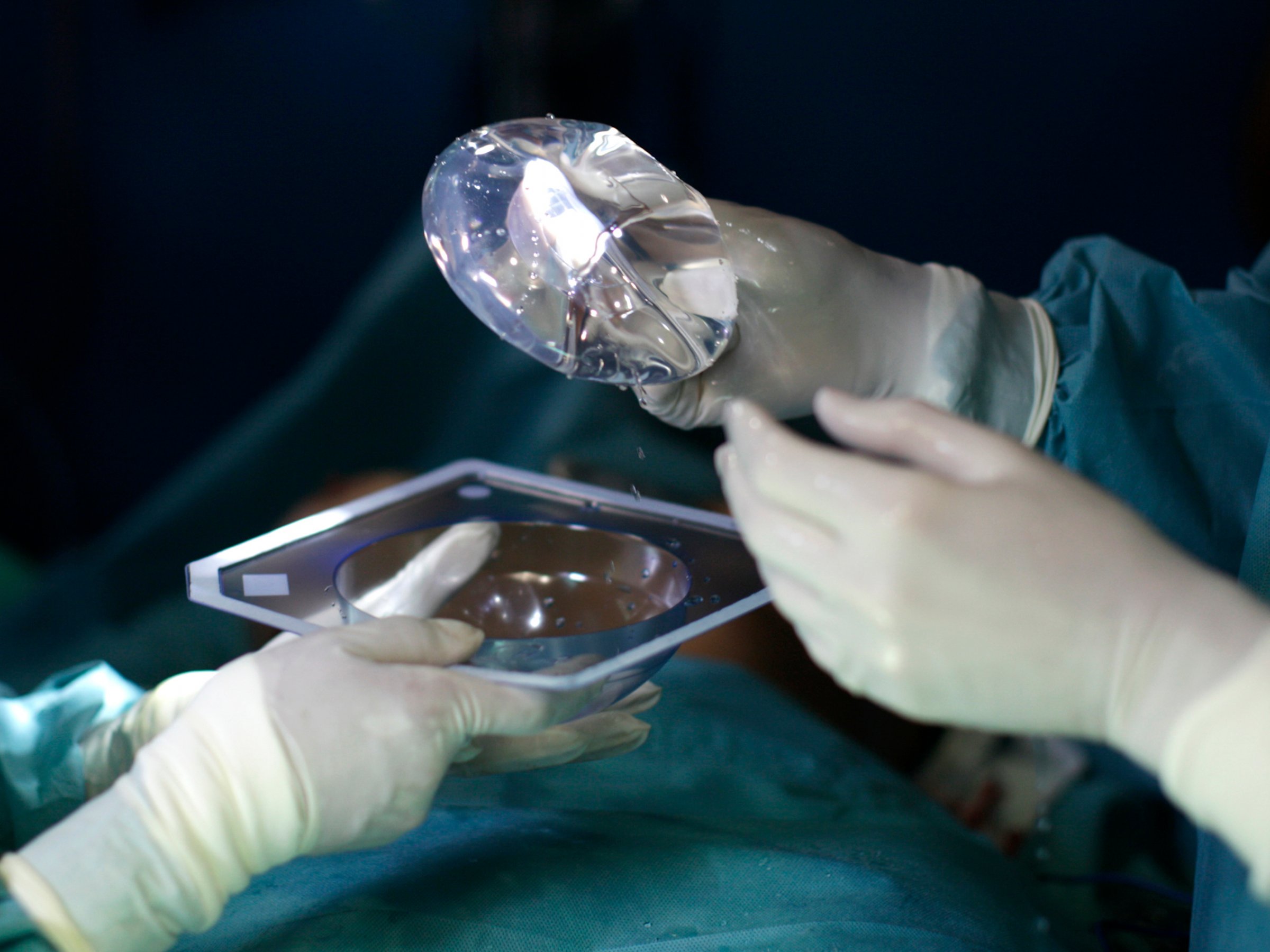

The concept of transitioning from male to female involves various aspects, including medical, social, and legal changes. This process is often referred to as gender transition or gender affirmation.
It is important to know that, it is not possible to change one's biological sex entirely, individuals can undergo a series of steps to align their physical appearance, legal status, and social identity with their gender identity. Here's an overview:
Medical transition
- Hormone replacement therapy (HRT): This involves taking estrogen and possibly anti-androgens to develop more traditionally feminine secondary sexual characteristics, such as breast development, redistribution of body fat, and reduction of facial and body hair.
- Surgical procedures: Some individuals opt for surgeries such as:
- Breast augmentation: To increase breast size.
- Facial Feminisation Surgery (FFS): To alter facial features.
- Gender Confirmation Surgery (GCS): Also known as vaginoplasty, this procedure constructs a vagina and other female genital structures.

Social transition
This involves changing one's name, pronouns, and possibly dressing and grooming in a manner consistent with one's gender identity. Social transition can also include updating legal documents, such as driver's licenses, passports, and birth certificates, to reflect the individual's gender identity.
Legal and social recognition
Laws regarding the legal recognition of gender transition vary by country and region. In some places, individuals can change their legal gender without undergoing medical procedures, while in others, medical evidence may be required.

Psychological support
Transitioning can be a complex and emotional process. Many individuals benefit from counselling or therapy, both before and during the transition, to navigate the emotional and psychological aspects of changing gender roles and identity.
Considerations
It's important to note that not all individuals who identify as transgender desire or have access to medical or surgical interventions. The process of transition is highly individual and can vary greatly from person to person.
In summary, it is not possible to change one's biological sex completely, individuals can take various steps to transition from male to female in terms of physical appearance, legal status, and social identity. This process is a deeply personal journey that involves multiple aspects and considerations.
Read Full Story















Facebook
Twitter
Pinterest
Instagram
Google+
YouTube
LinkedIn
RSS